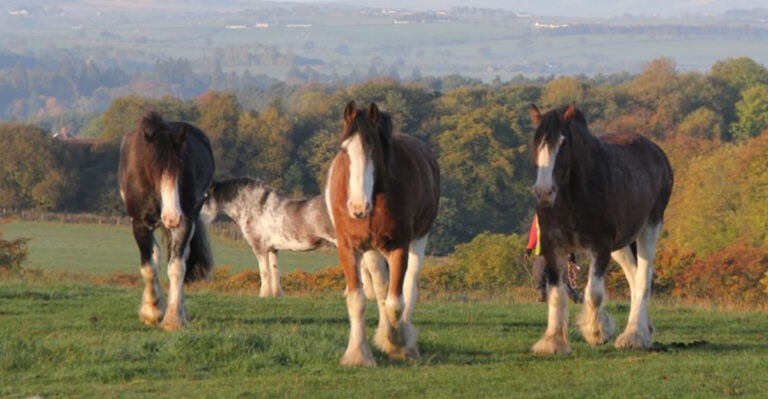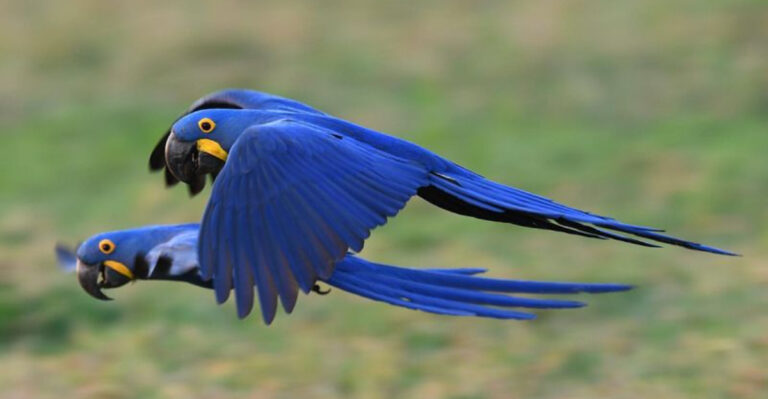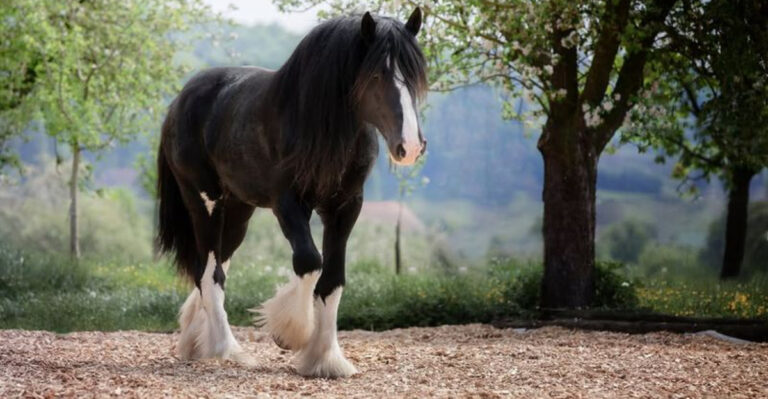What Do Woodchucks Really Eat In The Wild?
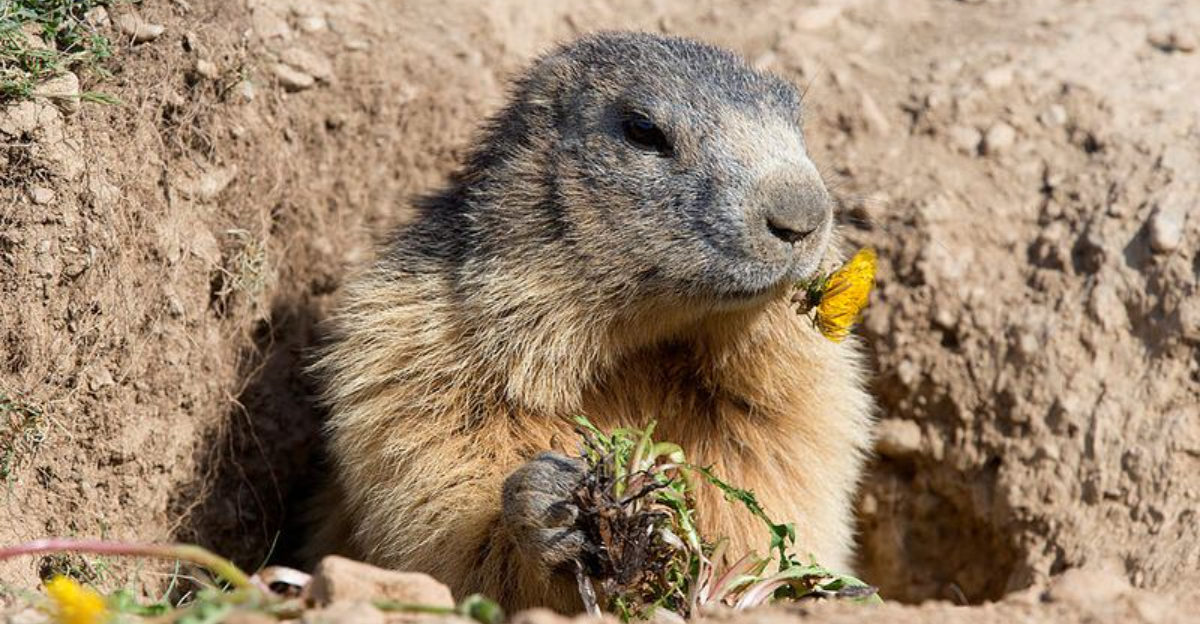
Beneath those chubby cheeks and whiskers, woodchucks (also called groundhogs) are fascinating wild creatures with surprising eating habits. These rotund rodents aren’t just expert hole-diggers – they’re selective eaters with seasonal preferences.
Let’s uncover what these plump garden visitors actually munch on when they’re living their best wilderness life.
1. Garden-Fresh Greens
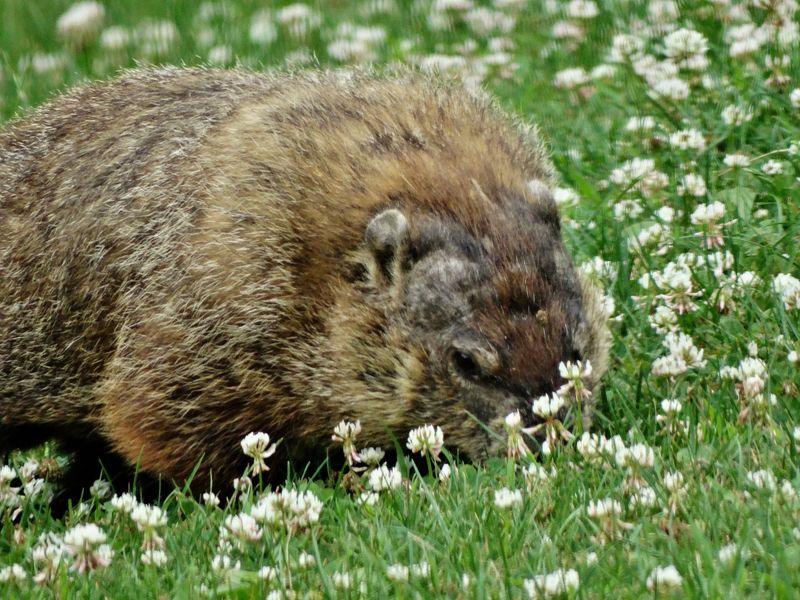
Tender clover tops disappear first when a woodchuck visits your garden. These rodents absolutely adore fresh greens, with clover being their gourmet delight.
Wild woodchucks will travel surprising distances just to find patches of this nutritious plant. The protein-rich leaves provide essential nutrients during their active months.
2. Dandelion Delicacies

Bright yellow dandelions aren’t just pesky weeds – they’re woodchuck candy! Every part gets devoured – from the sunny flowers to the bitter greens and even the roots.
These common plants offer woodchucks vital early-spring nutrition when other food sources remain scarce. Their high vitamin content helps these rodents recover from winter hibernation.
3. Alfalfa Addiction
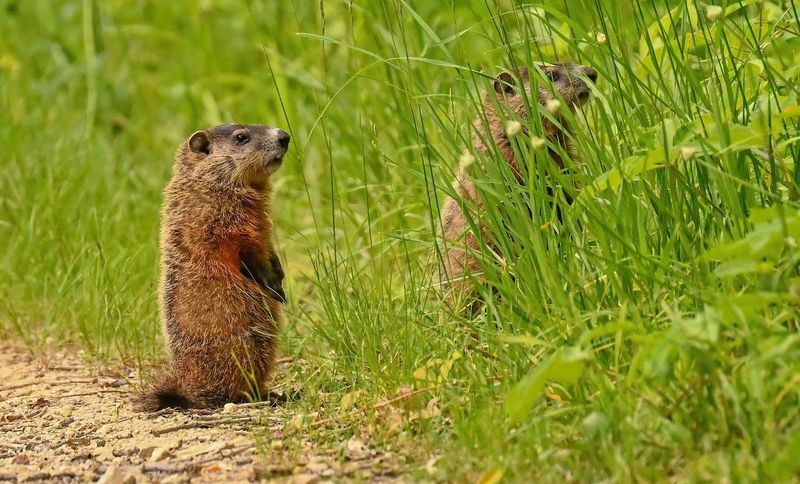
Farm fields beware! Alfalfa ranks among a woodchuck’s absolute favorite meals. Their eyes light up at the sight of these protein-packed plants.
A single woodchuck can mow through surprising amounts of alfalfa daily. These nutritional powerhouses help the animals build fat reserves for winter hibernation while providing essential amino acids.
4. Wild Grasses Galore
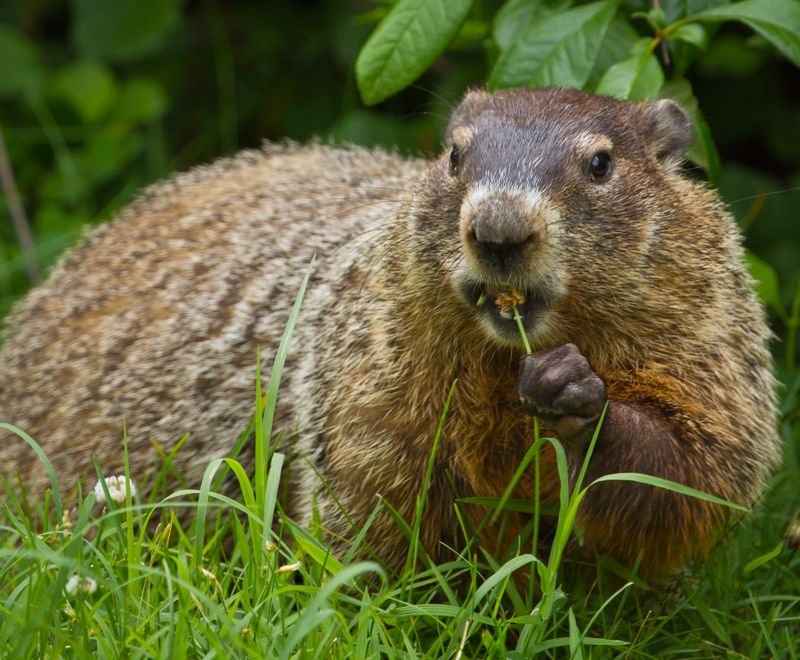
Morning dew-covered grasses vanish beneath hungry woodchuck teeth. Various wild grass species form the backbone of their natural diet throughout spring and summer.
Their strong digestive systems efficiently process these fibrous plants. Meadow grasses provide both hydration and steady energy, making them perfect for these busy burrowers during active months.
5. Bark Buffet

Winter desperation drives woodchucks to gnaw tree bark when snow blankets their usual food sources. Young saplings suffer most from their sharp incisors.
They target the nutritious inner bark layer rather than the tough outer covering. This survival strategy provides minimal but crucial sustenance during temporary winter awakenings between hibernation periods.
6. Berry Bonanza
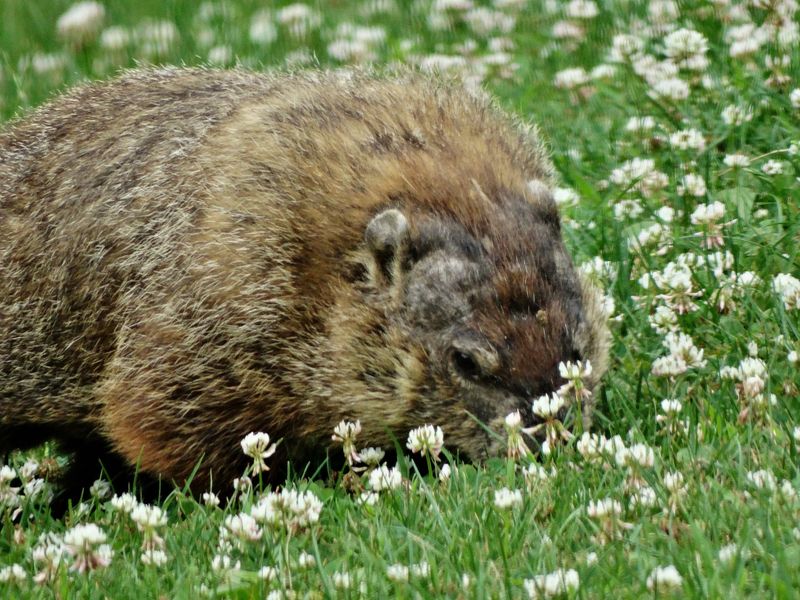
Sweet wild berries disappear quickly when woodchucks discover them! These opportunistic eaters won’t pass up blackberries, raspberries, or strawberries growing within their territory.
Summer berry patches provide natural sugar boosts and hydration. While not their primary food source, the fruits offer welcome variety and additional nutrients to their largely vegetarian diet.
7. Agricultural Appetizers
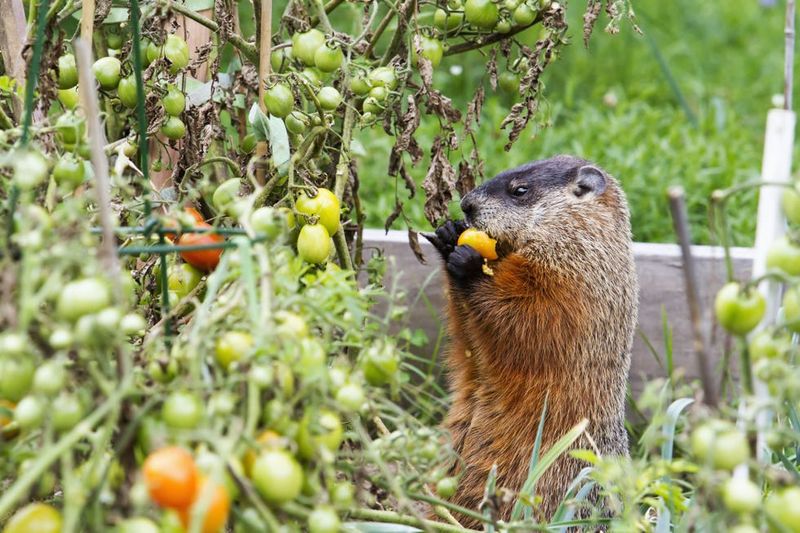
Farmers frown when woodchucks discover their vegetable gardens! These clever creatures develop particular fondness for beans, peas, carrots and corn.
Their sophisticated palate recognizes nutrient-dense crops instantly. Garden raids typically occur during early morning or evening hours when woodchucks feel safest venturing from their burrow systems to sample these cultivated delicacies.
8. Flower Feast
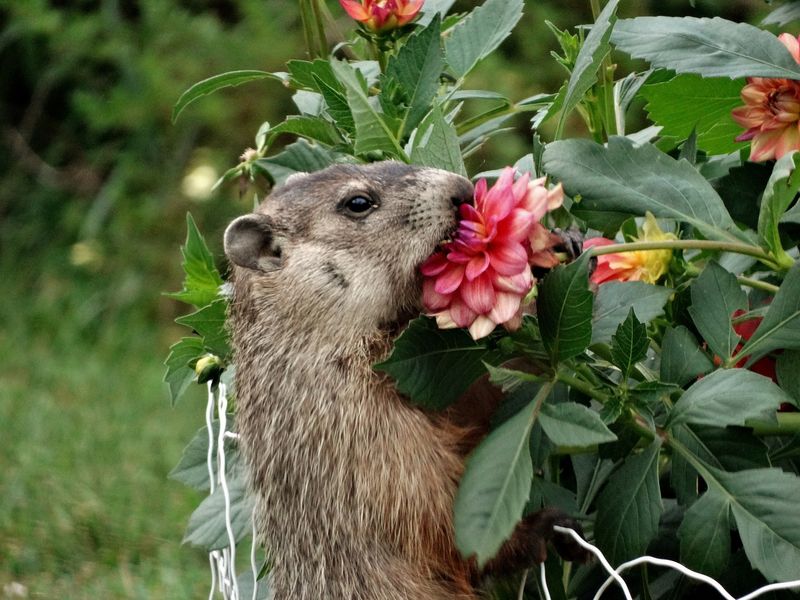
Colorful garden blooms tempt these furry foragers irresistibly. Woodchucks show surprising preference for certain ornamental flowers, especially tulip bulbs and sunflower heads.
The nutritional benefits vary widely depending on flower species. While seemingly destructive to gardeners, this natural behavior provides essential micronutrients and dietary variety crucial for maintaining woodchuck health in their native habitat.
9. Insect Snacks
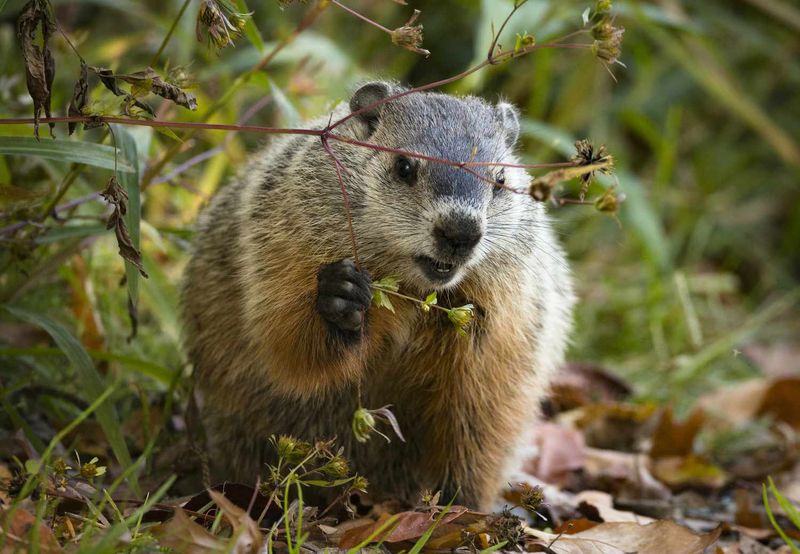
Surprising bug-hunting skills emerge when woodchucks encounter juicy insects! Though primarily herbivores, they opportunistically snatch beetles, grubs, and grasshoppers crossing their path.
These protein-rich snacks supplement their plant-based diet. The animal’s sensitive whiskers help detect insect movements in grass or soil, allowing them to pounce with unexpected agility despite their chubby appearance.
10. Herb Harvesting
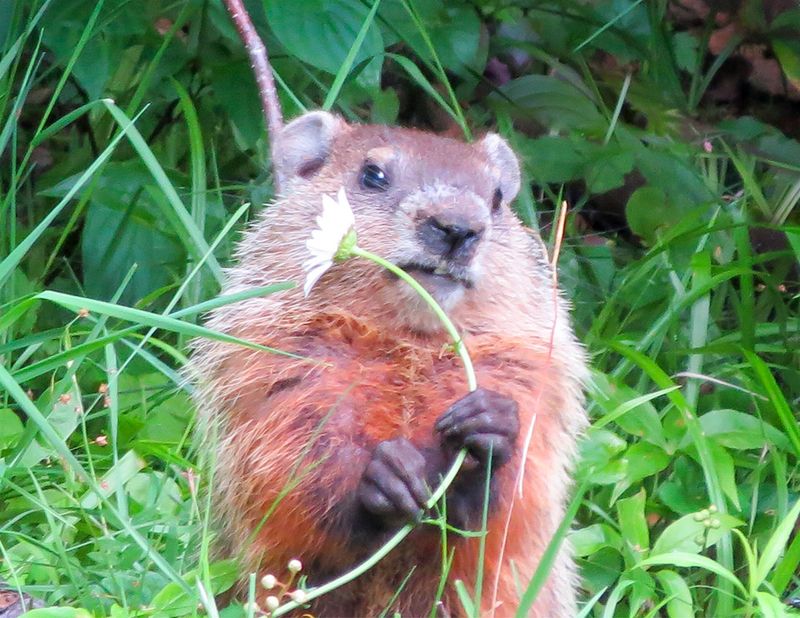
Wild herbs vanish beneath woodchuck chompers with remarkable selectivity. Their keen noses guide them to medicinal plants like plantain, chickweed, and wild mint.
Scientists believe woodchucks instinctively select herbs with specific health benefits. This natural pharmacy might help them self-medicate against parasites or digestive issues, showcasing surprising sophistication in their foraging behavior.
11. Root Revelations

Underground treasures don’t escape hungry woodchucks! Their powerful front claws excel at unearthing wild roots, tubers, and bulbs hidden beneath the soil surface.
Wild onions, Jerusalem artichokes, and various tubers provide concentrated energy sources. This digging behavior serves dual purposes – creating burrow systems while simultaneously uncovering nutritious foods that other herbivores might miss.
12. Orchard Opportunities
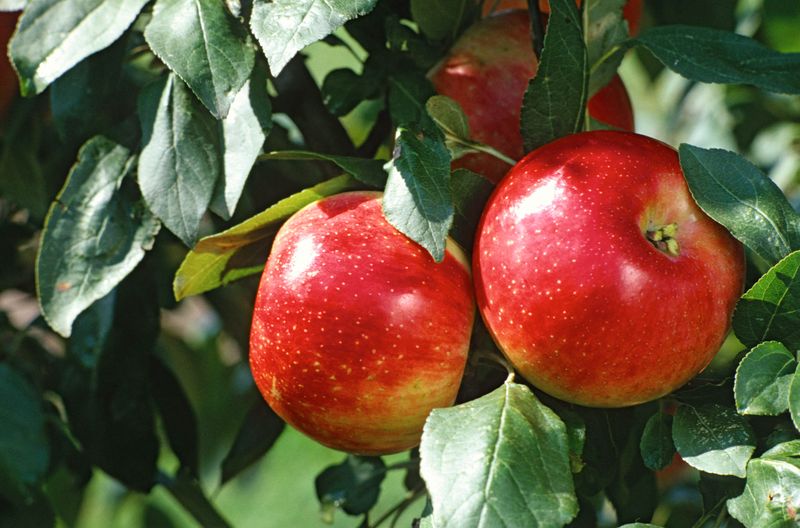
Fallen apples create woodchuck feeding frenzies in autumn orchards! These resourceful rodents eagerly gather windfall fruits, dragging smaller pieces back to their burrows.
The natural sugars help build crucial fat reserves before hibernation. Unlike some wildlife, woodchucks rarely climb trees for fruit, instead patiently waiting for gravity to deliver these sweet treats to ground level.
13. Nut Nibbling
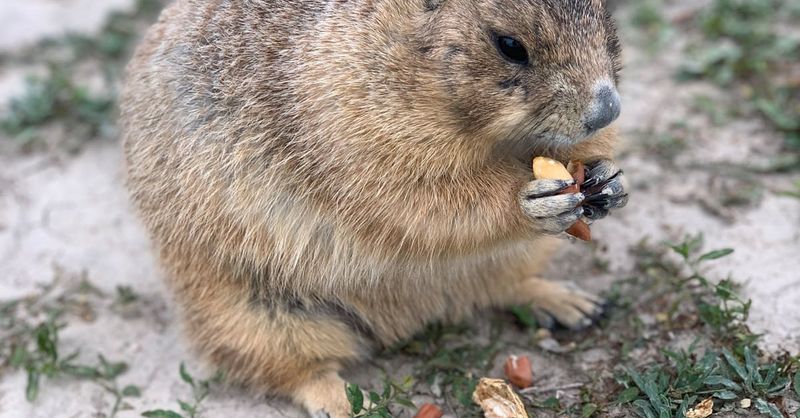
Acorns and beechnuts become prized possessions when woodchucks stumble upon them. Their dexterous front paws skillfully manipulate these tough-shelled treasures.
While not dedicated nut-gatherers like squirrels, they won’t pass up these protein-packed finds. The high fat content makes nuts especially valuable during pre-hibernation feeding frenzies when woodchucks need to rapidly gain weight.
14. Bird Seed Banquets
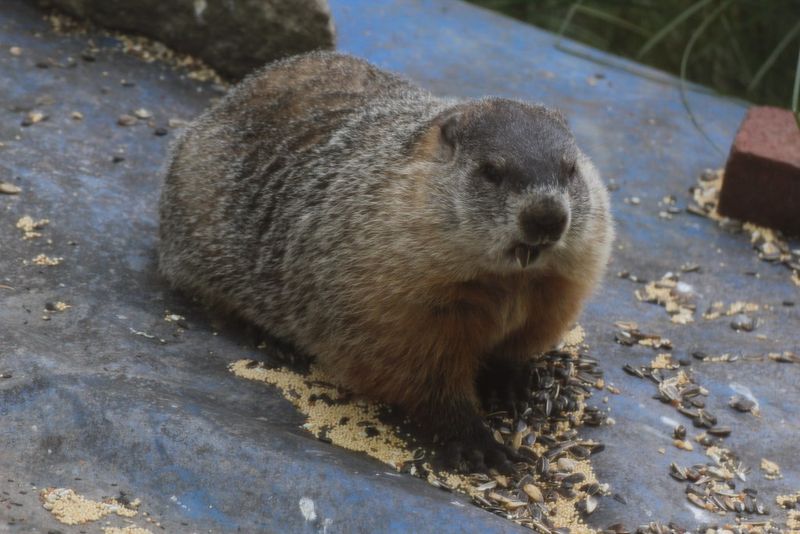
Backyard bird feeders create unexpected woodchuck feeding stations! These opportunistic eaters happily vacuum up scattered sunflower seeds, cracked corn, and other bird treats.
Their excellent memories help them return to reliable food sources. This adaptability to human-provided foods demonstrates the woodchuck’s remarkable ability to thrive in both wilderness and suburban environments through dietary flexibility.



